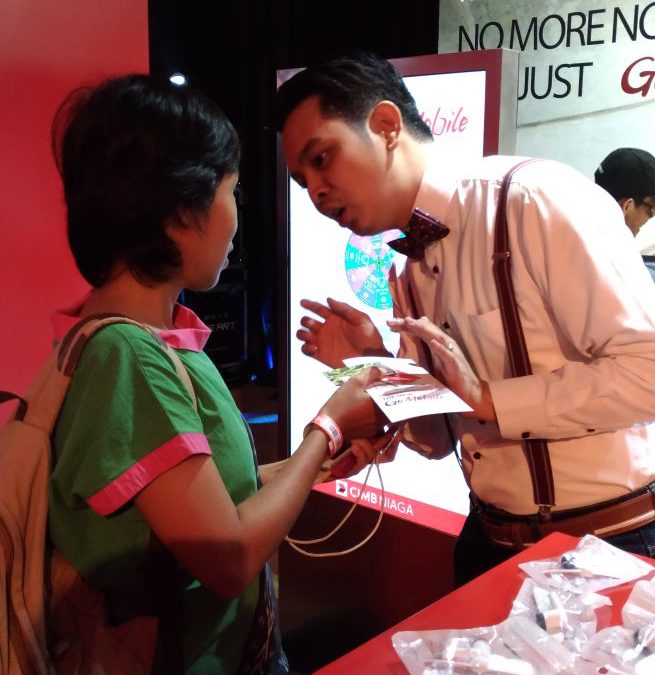Whether you are promoting a new brand or product in a mall atrium, trying to engage potential customers at an exhibition or festival, or simply trying to impress your corporate event clients, capturing people’s attention has become some sort of arms race. Some companies take time to think out their on-ground campaign, while others burn money and spread discount vouchers or freebies to get attention. This “arms race” even has extended into a tech arms race, with various technology implementations competing for a share of guests. Yet, it’s not really a one size fits all approach, as the most effective tech implementations depend on the scenario.
There are four things to consider for each scenario: event KPIs, time per user, user motives and learning curve of the tech involved. I’ve written down my thinking points for the most general scenarios I’ve come across while running Wooz.in.
Brand Activation at Mall Atrium
A mall activation in an atrium will, of course, target visitors of that mall. Different malls have different market segments, hence the user motives will differ as well. But placement of a brand activation in an atrium usually attracts mall visitors who are not too pressed for time, are there for leisure, and might even come to the brand activation on purpose.
It’s reasonable to expect the person to spend around 10 minutes or more, so you can take the time to deploy some new tech; i.e motion capture games, or a VR experience. You can also request more customer data rather than the cursory name and email tack to enrich your event data KPIs.
Brand Activation at Supermarket
While a supermarket may be in a mall, usually those going to a supermarket don’t have too much time to spend. Generally, they know what they are going to do heading in the supermarket (regardless of what they actually buy upon exit), so it’s tough to capture these potential customers going into the supermarket. If you capture them after paying at the cashier, there may be some time to engage them. Create an engagement that takes up under 5 minutes of their time, including the data capture part. It could be something as simple as a “wheel of fortune” prize drawing.
Brand Activation at Music Festival
This is a tough scenario. Tens of thousands of people show up to popular music festivals, yet perhaps under 10% are willing to engage with brand activations. Yet since at festivals there are usually many stages with different schedules, many walk idly around among the stages and event facilities waiting for the next show. You can probably budget something that takes more than 10 minutes with a longer learning curve, as the people who visit your booth are looking for something to do. Make sure you do some simple data capture.
Brand Activation at Music Concert
People go to a concert, which usually features just one artist or one straight rundown of events, just to watch the concert. Sales opportunities revolve around providing things that concertgoers need: drinks, F&B or artist merchandise. There isn’t really much time or space to create anything else, so if you have a data KPI, see if you can work with the ticketing guys. But, a digital photobooth is usually attractive, especially if it prints the photo as well (and the concertgoer doesn’t need to wait for it to be printed too long).
Booth at Exhibition
The arms race is never more evident than at an exhibition. People who come to exhibitions usually already have an intent to purchase, and are looking for good deals. It’s especially tough for new brands looking to make an impression. So in these situations, the most important thing is you generate sales leads – capture the data of all visitors to your booth in the most effective and time-saving manner possible. Using a tablet or a laptop will help maintain data fidelity. Also, you need to capture the data of buying customers as well – they are potential long-term customers.
Activity at Corporate Event
A corporate event like a sales gathering, internal seminar or training workshop usually has a fixed guest list. You know who these people are, and you want to make sure they are happy and keep hiring you for future events. This is your opportunity to pull out all the stops, within budget constraints. It could be those now ubiquitous 360 degree cameras (I have no idea why people feel that they have to jump), or you could demonstrate a brand experience that could be applicable to their consumer-facing activities.
